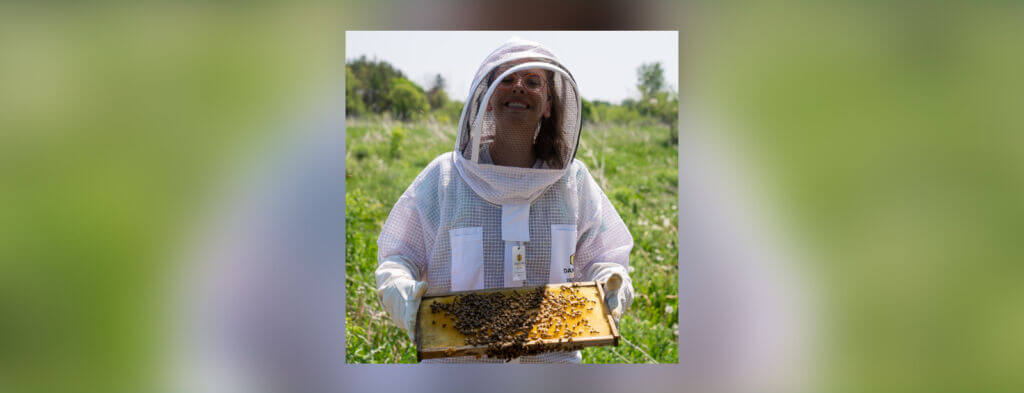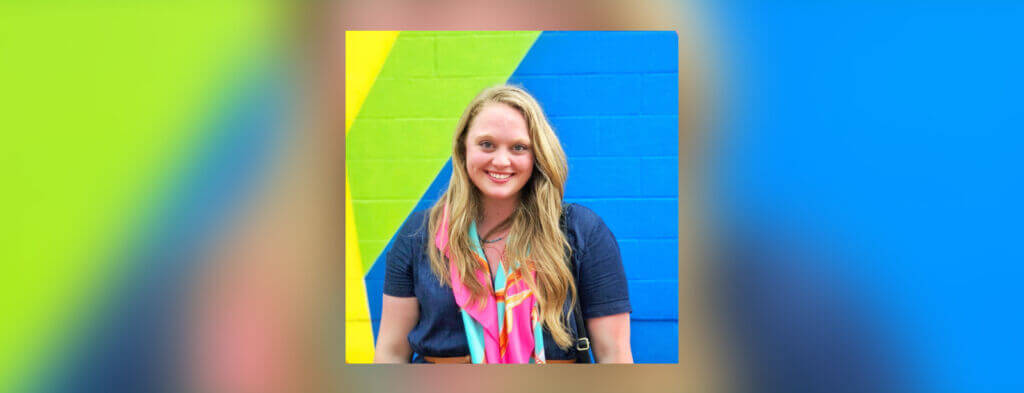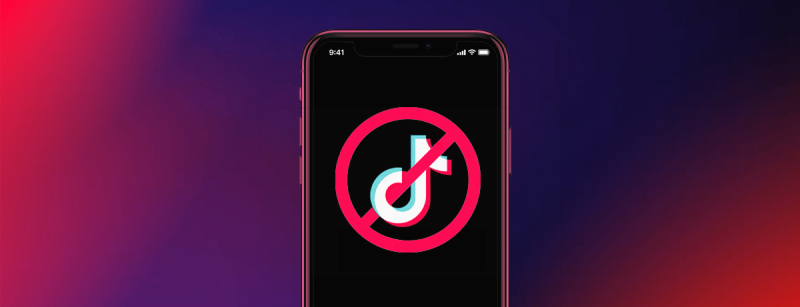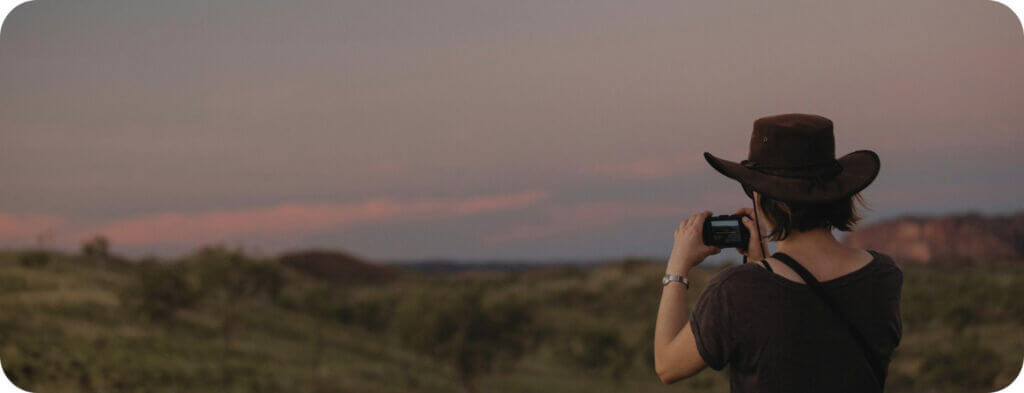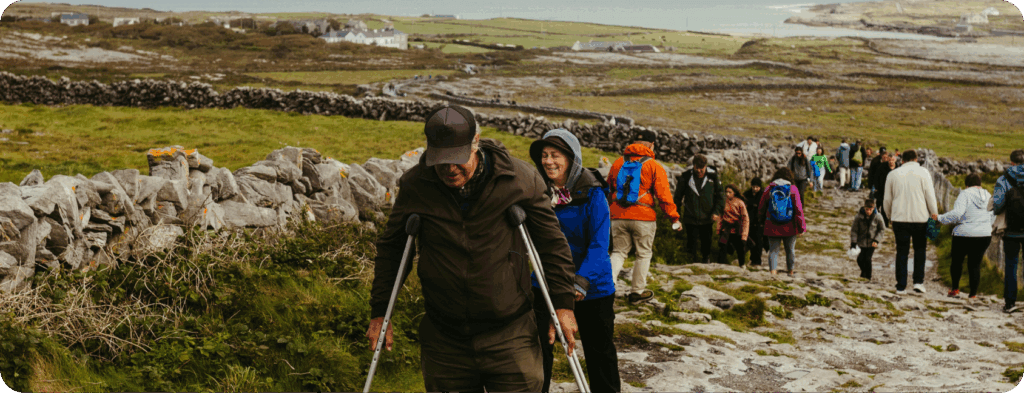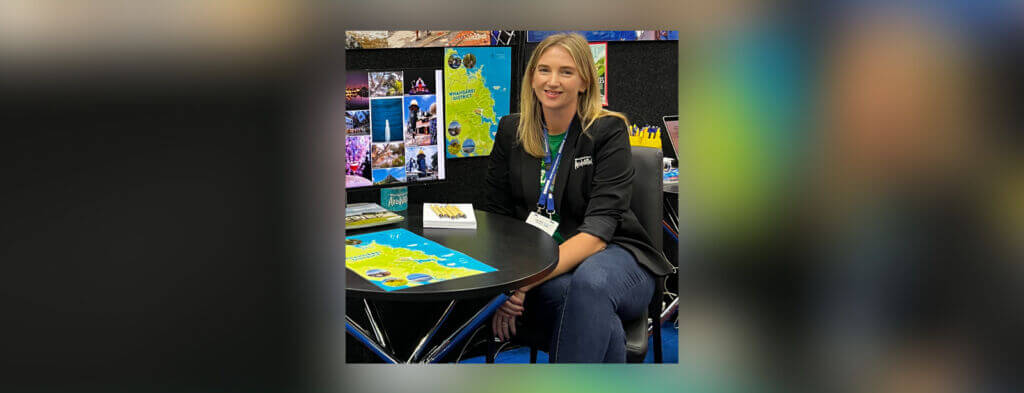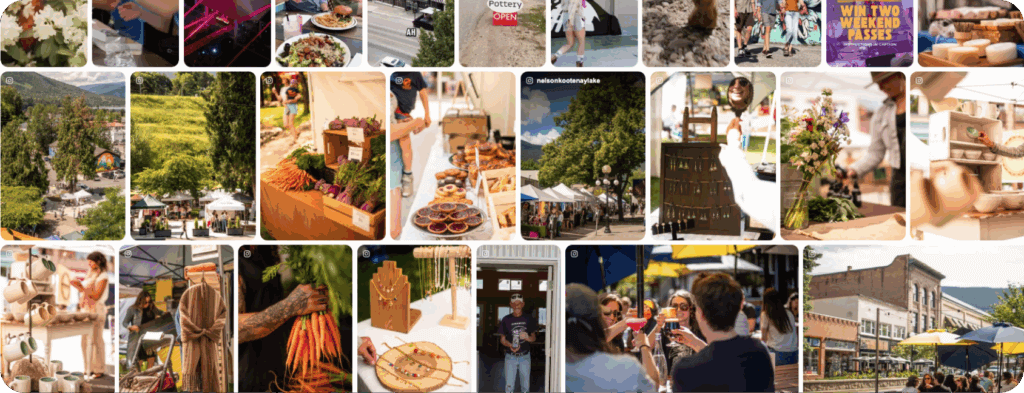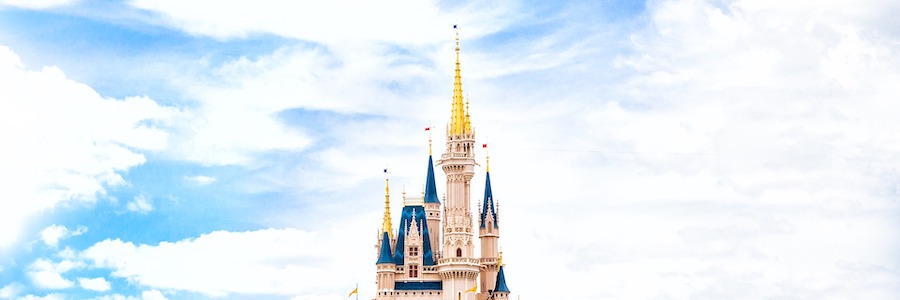
Regardless of how old you are, there is no escaping the globally recognized world of Disney.
A mere mention of the brand conjures up a sense of magical nostalgia.
Whether your mind jumps to films or merchandise, it isn’t long before you’re thinking of one of their numerous theme parks. This might seem like divine intervention or a longing for simpler days, but it all comes down to the brand’s incredibly effective theme park marketing strategy.
Despite this, knowing how to market a theme park is not as effortless as Disney may make it seem. Approximately half of all theme park revenue last year was generated merely by the top 25 global parks.
This is fantastic news for the likes of Disney and Universal Studios, but with over 1000 parks currently open to the public around the globe, it creates a dilemma for many. Unfortunately, as a small theme park in the Midwest USA, it is difficult to compete with these long-established and celebrated theme parks which draw in international tourists.
Even so, the market for theme parks is expected to reach $44.3 billion by 2020. This means that even the most remote theme park can expect to see a rise in profit with an improved marketing strategy.
Here are 4 lessons we can learn from the marketing geniuses who have enabled Disney to remain the “happiest place on Earth” throughout the ages:
Every Visitor is a Micro-Influencer
From Instagram to Facebook and every social media platform in between, there is no shortage of people sharing photos of their trips to Disney World or Disneyland.
Younger crowds share snapshots of fun with friends, while older ones proudly display snippets of a family trip with their grandchildren.
This allows every visitor to become a micro-influencer and is an effortless way to create earned. Unlike celebrity influencers, a micro-influencer has a genuine connection to the products or experiences that they promote. They have a drastically higher rate of engagement with their followers, appear more authentic and provide valuable backlinks.
Although Mickey Mouse played a large role in garnering the Disney company a whopping net worth of over 98 billion dollars in the U.S. and an additional 59.43 billion dollars in the global market in 2018, a large volume of micro-influencers can and do elicit the same sense of connection between the company and the masses.
WHAT A DAY! We already miss you, @WaltDisneyWorld. Round 2 next weekend? #TheBoldTypeAtWDW pic.twitter.com/FB2IWSyYzv
— The Bold Type (@TheBoldTypeTV) April 5, 2019
Mickey Mouse is recognized around the world, by people of all backgrounds and ages. These micro-influencers each come with their own followings, no matter how small, which all add to the immense popularity of the Disney corporation. While it is hard to mimic the success of the legendary Mickey Mouse, marketers can elicit similar results by introducing and promoting a mascot of their own.
Whether a cat, a dog or something else entirely, mascots go a long way in the marketing industry. They present opportunities for meet and greets and photo shoots which will find their way to social media. This simple introduction goes a long way in personifying a brand and garnering micro-influencers for any amusement park and shockingly, produces twice as much buzz on social media as using a celebrity endorser.
Enjoying this blog? Subscribe to get more like this, straight to your inbox
Use Branding and Visuals to Tell A Story
Videos are an immensely effective and engaging way to pair branding and visual elements together to tell a story. In fact, recent studies show that videos are a staggering 600% more effective for marketing purposes than both print and direct mail combined.
Disney marketing gurus know the power of video and branding, so it comes as no surprise that this is a large part of their strategy. From YouTube, to television commercials, Disney videos are everywhere.
One video in 2015 announced a campaign known as “Share Your Ears”. Disney announced that for each photo shared of a person wearing their iconic Mickey Mouse ears, the corporation would donate $5 (up to one million) to the Make-A-Wish Foundation.
Disney received an overwhelming response, garnering 1.7 million photos, 54 million media impressions and 420 million social media impressions during the campaign. A case study outlines a level of engagement that skyrocketed by 554% with an increase of 330% in reach. Likewise, the company earned an additional $150,000 in revenue from additional sales of their licensed “ears” during the campaign.
The level of participation was so high that Disney doubled their original maximum donation and raised two-million dollars for critically ill children. To date, the “Share Your Ears” campaign has been launched on several other occasions and has received a staggering response on social media each time.
This is a common theme in the world of Disney. Their content is always chocked full of emotion, nostalgia, storytelling, and branding. From children jumping for joy with Disney branded balloons in their hands to parents enjoying a moment alone watching fireworks over the Disney castle, no element is left unbranded in their created video content or their user generated content.
The key to achieving this feat like Disney is to consider the values of your audience and then develop a story or campaign that meets these values. Whether it is a fundraiser, as showcased by Disney or a fun event advertised through video, even small businesses can use relatable concepts and incorporate branding.
If mainstream television commercials are out of the budget, keep in mind that 4.6 billion video ads are watched solely online each year. The ROI on video marketing is surprisingly one of the highest of all digital marketing channels.
Promote What the Experience is Actually Like
on Social Media
Another way to promote a theme park on social media is to share unique aspects of the establishment. Disney does its fair share of magical storytelling but some of its most popular posts are ones that equip users with a realistic view of what to expect during their visit. For instance, Disney has an employee who gathers up rogue baby strollers at one of their parks.
He arranges them neatly in an area where they are easily located by their owners after they exit roller coasters or other rides. While most parks would advise visitors to heed the instructions of their stroller parking signs in the event of abandoned strollers, Disney shares this one of a kind stroller guy on social media.
It resonates with visitors because they know what they can expect, and it makes the parks different from others. Even if the theme park you are marketing does not have blatantly obvious unique attributes, focus on its strong points.
According to polls, shoppers in the market for an amusement park trip are looking for all-inclusive fun, a solid theme and enticing attractions in a desirable location. Aim to target these concepts when promoting any park and be sure to keep Instagram and the digital experience in mind.
Know Your Target Market
Disney has an expansive audience around the world. From children to the elderly, they know that each market will respond differently to different content.
Because of this, they personalize content to target different markets. For instance, to promote the annual Epcot Flower and Garden Festival in 2018, Disney posted a photo of sculpted hedges and topiaries shaped like classic Disney characters on Facebook.
This post contained a link to their blog, which contained more details on the event. With an older demographic, Facebook was a crucial platform to target. The photo and blog post received likes, comments and shares, among both Disney and gardening enthusiasts. The 2018 Flower and Garden Festival was wildly successful.
This same approach, however, would not be effective for most fans of the Disney movie Frozen. As the film and its sequel are aimed at children who likely do not have social media accounts, Disney relies on television commercials aired during children’s programming and toys/licensed merchandise for marketing.
Licensed merchandise sales for the original Frozen movie reached one billion dollars in a single fiscal year and similar results are expected for the sequel. Not surprisingly, Disney uses these same tactics to promote its theme parks to youngsters. For instance, advertising the new Toy Story Land attractions to its Disney World park during children’s television shows and releasing Toy Story 4 toys and merchandise shortly after its induction.
Theme parks are vastly different from other industries where the target market is highly specific, children’s clothes, for instance. Instead, theme parks have the rare ability to successfully market to people of all ages. The key is to avoid a “one size fits all” marketing approach. Do your research and discover the best ways to reach and appeal to each bracket of your targeted audience.
4 Takeaways on How to Market a Theme Park
1. Every visitor is a micro influencer
2. Use branding and visuals to tell a story
3. Promote what the experience is actually like on social media
4. Know your target market
Theme and amusement parks are not immune to digital transformation. By following the lead of the world-renowned Disney corporation, other theme parks can learn how to reimagine their visual marketing strategies to remain relevant in the digital age. This, in turn, will aid in attracting a whole new generation of customers and keep them coming back year after year.



